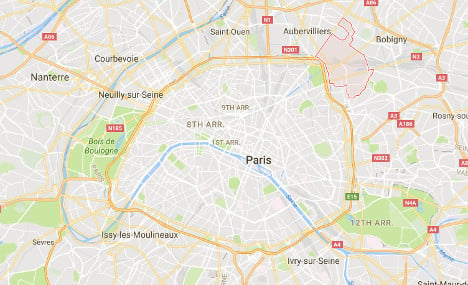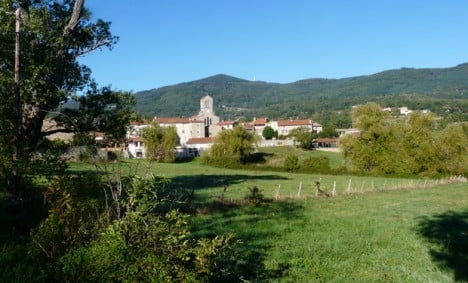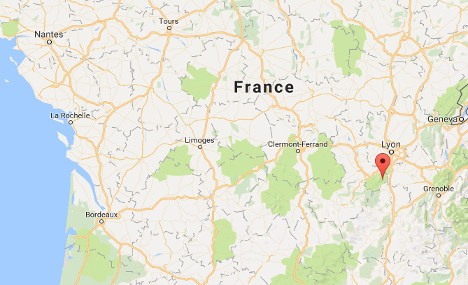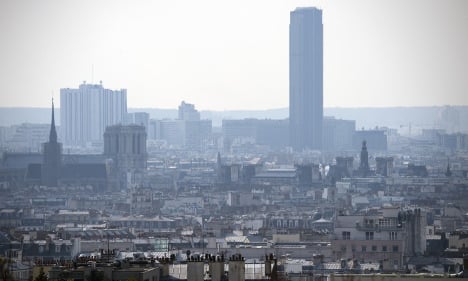If you care about the air, don’t go and live in Pantin.
The suburb of Paris, just to the north east of the city has been named and shamed as having the most polluted air in all of France, according to a report by the World Health Organisation.
Pantin was found to have a level of 22 micrograms of fine particles (PM 2.5) – basically the particles of air that are the most dangerous to a person’s health – per cubic metre of air on average throughout the year.
The WHO has set an upper limit of 10 micrograms of dirty air particles that if achieved would help dramatically cut the number of deaths caused by pollution.
 Pantin, highlighted in red to the north east of Paris. Photo: GoogleMaps
Pantin, highlighted in red to the north east of Paris. Photo: GoogleMaps
So Pantin has some work to do. But the fact it is next to the ever-clogged périphérique ring road around Paris – dubbed the most polluted place in France – doesn’t help, nor does the fact that it’s one of the most densely populated towns in France and has major train lines running through it.
But to make the good folk of Pantin feel a little less wheezy the WHO report concluded that some 92 percent of the world’s population are living in areas where air pollution levels are too high.
And it’s not the only place in France that needs to improve air quality.
Paris, where measures such as free public transport and car bans have been introduced during pollution spikes, records an average of 18 micrograms of pollutant particles per year.
In Marseille it was 17, Lyon, 14, Toulouse, 12, Nice, 14, Strasbourg 16 and Nantes, 13.
And the least polluted place in France?
Well that award goes to the village of Roisey, in the Auvergne-Rhône Alpes region, where only 4 micrograms of pollutant particles were recorded per year.


The fact that Roisey is in the Pilat regional park must help boost its air quality.
Air pollution is believed to be the main cause of some 48,000 deaths each year in France.
Over 47 million French people are exposed to a level of these particles that is considered to be unsafe by the WHO.
A previous study by the WHO people aged 30 living in cities with over 100,000 residents can expect a reduction of 15 months to their life expectancy.
Those living in rural France face a nine-month reduction, the study found.



 Please whitelist us to continue reading.
Please whitelist us to continue reading.
Member comments